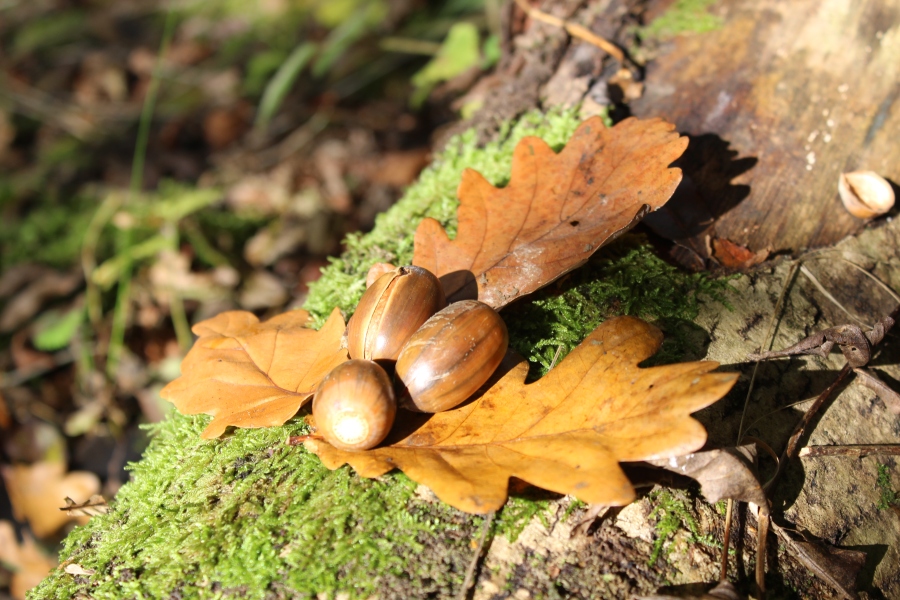September has quietly drifted away in a misty Indian summer haze and a rainy October has crept in behind. Now as the nights grow colder, the seasonal colours are slowly taking hold and the greenness is tinged with saffron and cinnamon tints; autumn is stirring.
A few weeks ago, whilst walking in Duncliffe Woods, I was mesmerized by a large flock of swallows feasting on the tiny insects that drifted on the strong breeze. These powerful aviators were diving, circling and free-falling over the grazing cattle on the southern edge of the woods. Standing snug against an old oak tree, I watched as their fly-pasts came ever closer. It was the 9th October. Now, as I write this, these elegant birds will already be making their way south; travelling over Western France, Eastern Spain, across the Straits of Gibraltar to Morocco, over the Sahara and the rain-forested Congo all the way to South Africa. They travel hundreds of kilometres a day, flying low over the landscape. It is hard to fathom how these small creatures have the capacity to make such enigmatic migrations, but they do.
As I watched them that day, amidst the wonder, I felt a tinge of sadness. Their imminent departure would leave our skies bare for a while and their exodus was a final marker to end the summer warmth. But nature moves swiftly and already our winter visitors are on route to take their place. Flocks of starlings are arriving from Northern Europe and it won’t be long before the chattering redwings and fieldfares appear overnight from Russia and Scandinavia. Listen out for their ‘seep seep seep’ calls as they travel in the darkness over your gardens. There is something reassuring about the tick tock of nature’s rhythms; the comings and goings that signify that nature is still working, and the world is still turning. It keeps things in perspective. That is why nature’s cure is so powerful and why protecting our natural environment is so important.


